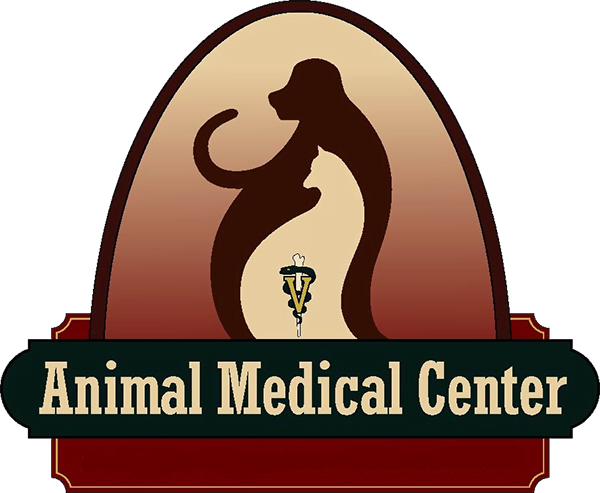Pet owners often worry when their furry friends need surgery. We understand your concerns and want to help you navigate this process.
This guide will walk you through what to expect before, during, and after your pet’s procedure. Armed with knowledge, you’ll feel more prepared to support your animal companion through their surgical journey.
Common Types of Pet Surgeries
Before diving into the surgical process, let’s briefly explore some common pet surgeries:
- Spay/Neuter: Routine procedures to prevent reproduction and reduce certain health risks
- Dental extractions: Removing damaged or decayed teeth
- Tumor removal: Extracting both benign and malignant growths
- Orthopedic surgeries: Addressing issues like cruciate ligament tears or hip dysplasia
- Foreign body removal: Surgically extracting swallowed objects from the digestive tract
Understanding these common procedures can help contextualize your pet’s specific surgery.
Pre-Surgical Preparations
Before your pet’s surgery, your veterinarian will perform a thorough health assessment. This crucial step ensures your pet can safely undergo anesthesia and the procedure itself.
Your vet will likely request blood tests to check your pet’s organ function and overall health. These tests help identify any hidden issues that could complicate surgery. They’ll also examine your pet’s heart and lungs to make sure they’re fit for anesthesia.
You’ll receive specific instructions about food and water restrictions before surgery. Typically, pets should fast for 8-12 hours before anesthesia to prevent complications. However, always follow your vet’s personalized guidance.
The Day of Surgery
On surgery day, arrive at the clinic at the scheduled time. Your vet will review the procedure with you and address any last-minute questions. They’ll explain the estimated duration of the surgery and when you can expect updates.
- Bring comfort items like your pet’s favorite blanket or toy
- Have your phone available for updates from the clinic
- Prepare a quiet, comfortable space at home for recovery
Anesthesia and Monitoring
Skilled veterinary staff will administer and monitor anesthesia throughout the procedure. They use advanced equipment to track your pet’s vital signs, ensuring their safety at all times.
Modern anesthesia practices have made pet surgeries much safer. Your vet will choose the most appropriate type and dosage based on your pet’s age, health, and the specific procedure.
During Surgery
While your pet is in surgery, a dedicated team focuses on their care. The veterinary surgeon performs the procedure with precision, while technicians assist and monitor your pet’s condition.
Most clinics will contact you once the surgery is complete. They’ll let you know how everything went and when you can pick up your pet. Don’t hesitate to ask questions about the procedure or aftercare instructions.
Post-Operative Care
After surgery, your pet will need time to recover from anesthesia. The clinic staff will closely monitor them during this period, ensuring they wake up comfortably and safely.
Your vet will provide detailed aftercare instructions. These may include:
- Medication schedules for pain relief or antibiotics
- Activity restrictions to promote healing
- Wound care and bandage change guidelines
- Signs to watch for that might indicate complications
Creating a calm, quiet space at home helps your pet recover. They may feel groggy or disoriented for a day or two after surgery. Patience and gentle care will help them bounce back.
Specific Post-Operative Care Techniques
- Pain management: Administer prescribed pain medications exactly as directed. Monitor your pet for signs of discomfort and contact your vet if pain seems uncontrolled.
- Wound care: Keep the incision site clean and dry. Gently clean around the area with a warm, damp cloth if instructed. Prevent your pet from licking or chewing the site – an Elizabethan collar may be necessary.
- Restricted activity: Follow your vet’s guidelines on limiting exercise. Short, controlled walks for bathroom breaks are usually okay, but avoid running, jumping, or rough play.
- Dietary adjustments: Your pet may need a special diet during recovery. Offer small, frequent meals and ensure fresh water is always available.
- Physical therapy: For orthopedic surgeries, your vet might recommend gentle exercises or massages to aid recovery. Always follow their specific instructions.
- Monitoring: Keep a close eye on your pet’s breathing, appetite, energy levels, and bathroom habits. Report any significant changes to your vet promptly.
Follow-Up Care
Your vet will schedule follow-up appointments to check your pet’s progress. These visits allow them to assess healing, remove any stitches if needed, and address any concerns you might have.
Stick to the recommended recovery plan. While your pet may seem to feel better quickly, it’s important not to rush their return to normal activities. Proper rest and care lead to better long-term outcomes.
Emotional Support
Remember, your presence and comfort play a big role in your pet’s recovery. Gentle reassurance and lots of love will help them feel safe and calm as they heal.
If you notice any unusual symptoms or have concerns during recovery, don’t hesitate to contact your vet. They’re there to support you and your pet through the entire process.
Conclusion
Pet surgery doesn’t have to be an overwhelming experience. With proper preparation and understanding, you can confidently support your furry friend through their procedure and recovery. Remember, your veterinary team is there to guide you every step of the way. By working together, you’ll ensure the best possible outcome for your beloved pet.
Trust in your vet’s expertise and your own ability to provide loving care. Your pet’s health and comfort are the top priorities. With patience and attention, you’ll help your four-legged family member return to their happy, healthy self in no time.
